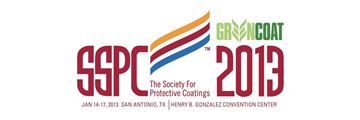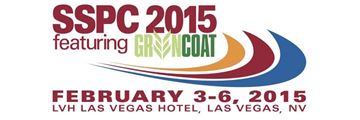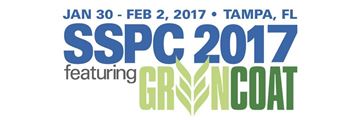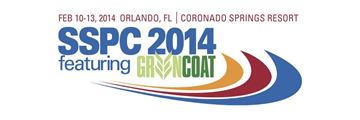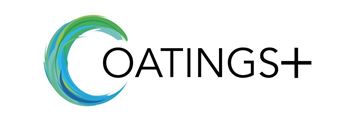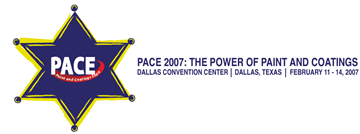Search
SSPC Conference Papers
Legacy SSPC Conference Papers
View as
Sort by
Display
per page
Transmission Tower and Pole Painting - A Challenge for All Involved
Product Number:
51217-047-SG
Publication Date:
2017
$20.00
Trends in Tank Lining Test Methodology for Oil and Gas Service
Product Number:
41216-972-SG
Publication Date:
2016
$20.00
Trials and Tribulations with Finding the Optimal Lining Material
Product Number:
51219-218-SG
Publication Date:
2019
$20.00
Triangle of Trust Client Driven Specifications for Wastewater Facilities
Product Number:
41214-874-SG
Publication Date:
2014
$20.00
Troweled Cementitious Urethane Floor Systems
Product Number:
41205-180-SG
Publication Date:
2005
$20.00
True Value of Quality: A Case History of a Success Story
Product Number:
41206-243-SG
Publication Date:
2006
$20.00
Truth or Marketing? Hocus Pocus or Real Information? How are You Selecting Products for Your Projects?
Product Number:
51220-248-SG
Publication Date:
2020
$20.00
Tungsten Carbide High Velocity Thermal Spray Coatings in the Oil & Gas Industry
Product Number:
51216-006-SG
Publication Date:
2016
$20.00
Turning Repairs into Profits: Using Epoxy Patching Materials on Your Next Re-Paint Project
Product Number:
41207-385-SG
Publication Date:
2007
$20.00

